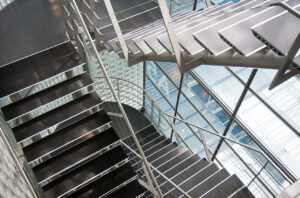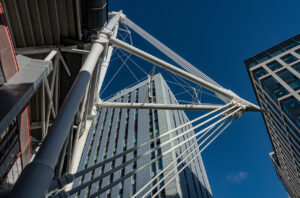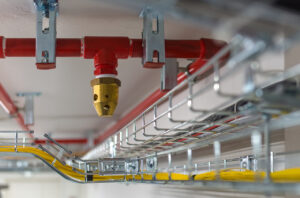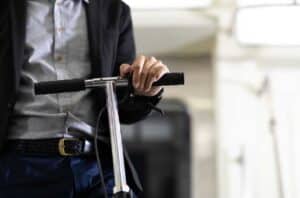Working in hot temperatures
Although the Great British Summer often doesn’t result in hot temperatures (apart from this year), there will be times when the sun does come out and workers find themselves working in hot conditions. In the UK, there is no maximum temperature that a workplace is allowed to be, rather advice from the Health & Safety Executive (HSE) states “During working hours, the temperature in all workplaces inside buildings shall be reasonable”. What is reasonable depends on the type of work being done (manual, office, etc.) and the type of workplace (kitchen, air-conditioned office, etc).
The HSE offers further guidance on workplace temperatures, including details on carrying out an optional thermal comfort risk assessment if staff are unhappy with the temperature – Health and Safety Executive (HSE) – Temperature.
Getting to work – allow further time
Generally hot weather shouldn’t affect journeys to work, but occasionally there might be an impact on public transport if temperatures go over a certain level. Train companies may limit the speed of trains in case the tracks buckle, which may result in the late arrival of the train. Employees should check with their local train company to see if speed restrictions are in place or if cancellations are expected and plan accordingly.
Keeping cool in work
Whilst as an employer you are not legally obliged to provide air conditioning in workplaces, you are expected to provide reasonable temperatures. If you have air conditioning switch it on, if you have blinds or curtains use them to block out sunlight and if employees are working outside, they should ensure appropriate clothing is worn and sun screen is used to protect from sunburn.
It is also important to drink plenty of water and you must provide suitable drinking water in the workplace. Employees should drink water regularly throughout the day and not to wait until they are thirsty, as this is an indication that they are already dehydrated.
Fasting during hot weather
Many Muslims will fast each day from sunrise to sunset during Ramadan as part of their faith. This includes not eating food, drinking liquids or smoking. When Ramadan falls in the summer months, it can be particularly challenging as the days are longer. Employees may wish to use annual leave when observing the Ramadan rules, and you could help by holding meetings etc. in the mornings when energy levels are higher. You may wish to consider a temporary change in working hours.
Vulnerable workers
The hot weather can make workers feel tired and less energetic, especially for those who are young, older, pregnant or those on medication. You may wish to give these workers more frequent rest breaks and ensure ventilation is adequate by providing fans, or portable air-cooling units.
Dress code in the workplace during hot weather
There is often a dress code in the workplace for many reasons such as health and safety, or workers may be asked to wear a uniform to communicate a corporate image. A dress code can often be used to ensure workers are dressed appropriately.
While you are under no obligation to relax their dress code or uniform requirements during hot weather, some may allow workers to wear more casual clothes, or allow “dress down” days. This does not necessarily mean that shorts and flip flops are appropriate, rather you may relax the rules in regard to wearing ties or suits.

Second Staircases In New Tall Residential Buildings

A New Regime For Residential Buildings In Wales

Vibrating Alarms And Painted Cables – New Guidance Available

Two-Tyred: Driver Fatigue

New E-Bike and E-Scooter Safety Guidance for Public Transport Operators
